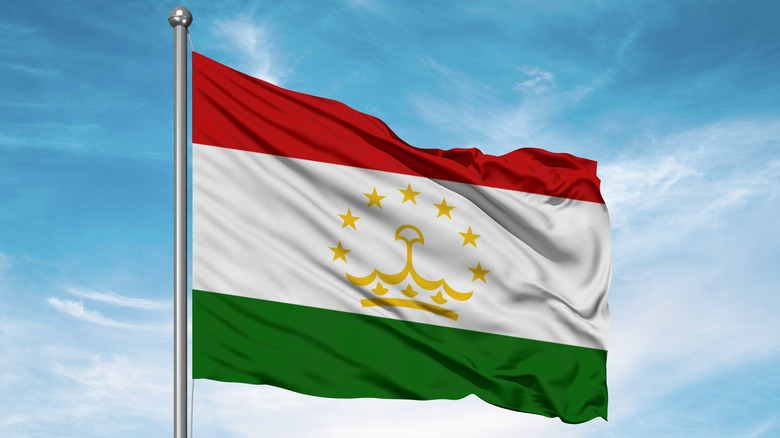Tajikistan is a little-known country in Central Asia that was formally part of the Soviet Union. While tourism is on the rise thanks to its nature-based activities, you may want to think twice about driving in Tajikistan, especially if you’re in the country’s capital, Dushanbe.
You might encounter the Anzob Tunnel on the M34 highway, which takes drivers and passengers from Dushanbe to Khujand. Sometimes referred to as Istiqlol Tunnel, its other nicknames include “The Tunnel of Fear” and “The Tunnel of Death.” These are a nod to its ill-omened reputation.
Anzob Tunnel first broke ground in 2003 as a collaboration between Tajikistan and Iran, a country with which Tajikistan has a complicated relationship. Although it officially opened in 2006, Anzob Tunnel was not in any condition to operate. Simply put, the project was unfinished, likely due to the financial crisis of 2007 and 2008, states the Association for Safe International Road Travel (ASIRT).
It had potholes, no lighting, no ventilation, and no drains. In addition, frequent gridlocks caused by one narrow lane and flooding were also problems. In other words, it was devoid of important safety considerations.
Per a 2007 article from Eurasianet, this led individuals driving through the tunnel to die from carbon monoxide poisoning. In 2006, Asia-Plus reported that a person died at Anzob Tunnel after being crushed by a falling rock. Nevertheless, Anzob Tunnel remains significant to Tajikistan.
Anzob Tunnel’s completion has been an ongoing process

Despite the perils and pitfalls that entail driving through the three-mile Anzob Tunnel, there’s a reason why it has not been abandoned. Principally, it allows travelers to go directly to Khujand from Dushanbe. Tajikistan is an impoverished country, and the belief was that the tunnel would be a means of advancement for the country.
Before the tunnel’s construction, the path from Dushanbe to Khujand included traversing Uzbekistan, a country that Tajikistan borders. However, this route was unreliable as it wasn’t open year-round.
With that said, Anzob Tunnel briefly closed and reopened in 2015 after Iran provided the project with more funds. Although some news reports indicate that this time marked its completion, this does not appear to be the case. In 2018 (via Asia-Plus), Tajikistan revealed they needed over $8 million to invest in improvements, including ventilation, for Anzob Tunnel.
While Tajikistan ultimately received more money from Iran in 2019, the tunnel was still incomplete in 2021. In August 2023, it was announced that Anzob Tunnel would be officially finished by Tajikistan’s Independence Day, September 9. However, it’s unclear if that deadline was met at the time of this writing.
Some reviewers on Trip Advisor say that Anzob Tunnel is less dangerous than before but note that it’s far from perfect. One reviewer from October 2022 said, “Still, it is very dark and I was flabbergasted how fast car drive through it, overtaking and ignoring all road rules.”

